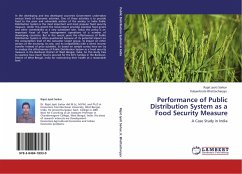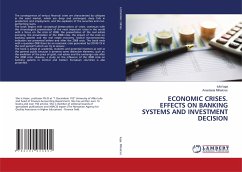The public distribution system is a part of the welfare attempt of any government to provide food and as maximum as possible required calorie to the people living below the poverty line. The public distribution system is fully effective, if those for whom it is meant reap its benefits. In our study, our objective is to assess the efficacy of the public distribution system in the district of Burdwan, West Bengal, India. But during the period of sample survey we are surprised to see that a significant percentage of households in the BPL category, for whom the government has arranged ration facility, do not draw their full quota of ration food grains. It is a peculiar fact. So we would like to find out the basic reasons behind this behaviour. It is necessary to identify/diagnose the factors responsible for such peculiar fact. So here we estimate a probabilistic model that will assess the decision of the poor families in respect of drawing ration in the Burdwan District of West Bengal,India.
Bitte wählen Sie Ihr Anliegen aus.
Rechnungen
Retourenschein anfordern
Bestellstatus
Storno








